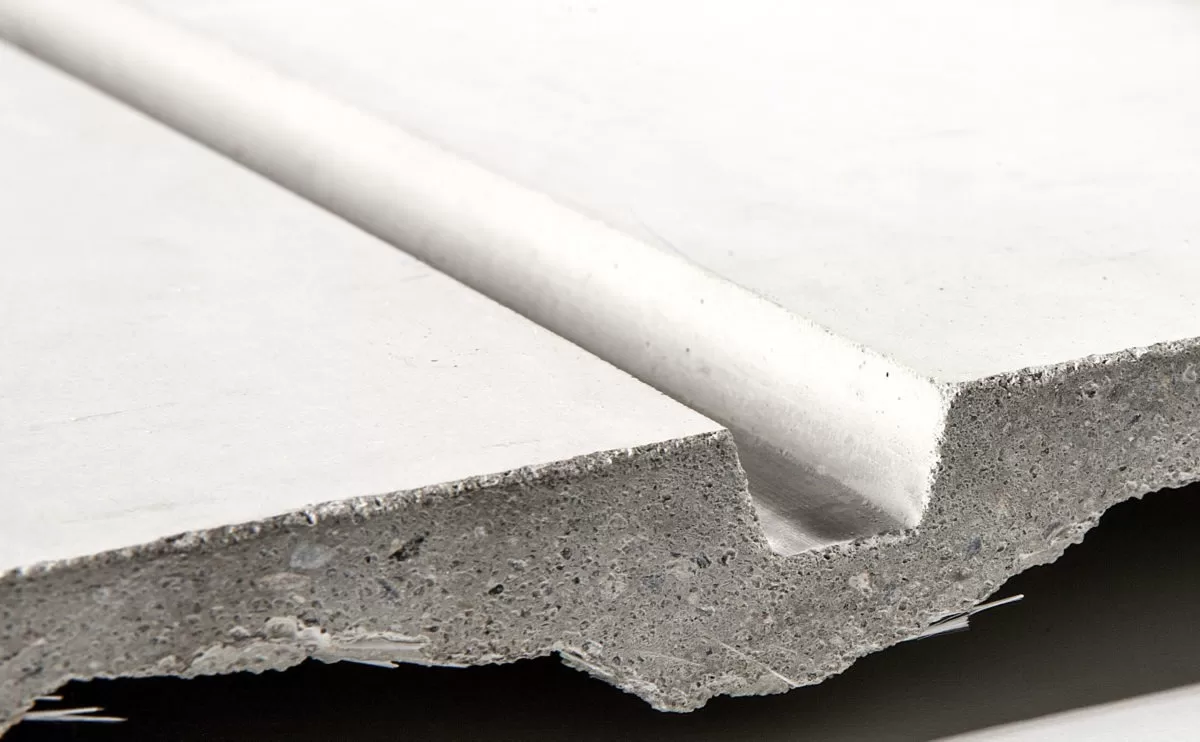Glass fiber reinforced concrete (GFRC) is reinforced concrete that uses glass fibers as reinforcement.

This makes the concrete stronger and more durable and allows it to be used in a wider range of applications. This concrete is becoming increasingly popular due to its strength and versatility.
Glass fiber reinforced concrete mix is a composite material made of cement, water, glass fibers, and fine aggregate. Integrating this type of concrete in construction is meant to improve the performance and appearance of concrete products.
This concrete is a composite material of two main components: Portland cement and glass fibers. The glass fibers are randomly dispersed throughout the cement matrix, giving the material strength and durability.
The glass fibers also help reduce the amount of shrinkage in concrete, which can lead to cracking and other structural problems.
This architectural concrete has a wide range of applications in construction. It can be used for structural and non-structural elements, such as columns, beams, walls, and floors. GFRC is also popular for its ability to create thin sections, which can be used in applications where weight is a concern.
Additionally, concrete can be molded into various shapes and textures, making it a versatile material for architectural applications.
Read Also:
GFRC columns can be used to add strength and support to a structure and can also be used for decorative purposes.
Beams made from GFRC can be used in place of traditional steel or wood beams, which are much lighter in weight. This makes them ideal for use in structures that need to be lightweight or that are subject to seismic activity.
These concrete walls can be used as either a structural or a non-structural element in a building. They are often used as an alternative to traditional concrete or masonry walls.
These concrete floors can be used in place of traditional flooring materials, such as concrete, asphalt, or wood. They are often used in areas where weight is a concern or where moisture is present.
To work with this concrete, you must mix the cement and sand according to the manufacturer’s instructions. Once the mixture is prepared, add the fibreglass and water. Mix well until the mixture is smooth.
Then, use a trowel to spread the mixture over the mold. Make sure to press down on the mixture firmly so it sticks to the mold. Allow the concrete to dry for 24 hours before removing it from the mold.
Once the concrete has dried, you can remove it from the mold. If the concrete is not sticking to the mold, you can use a spray bottle to wet it. Then, use a knife to cut it away from the mold. Finally, use sandpaper to smooth out any rough edges.
If you want to paint the walls made from this concrete, you must apply a coat of primer. Once the primer is dry, you can apply a coat of paint. Make sure to allow the paint to dry completely before applying a second coat.
You can use a sealant or a coating if you want to add a finish to this construction material. If you choose to use a sealant, make sure to apply it evenly and allow it to dry completely before applying a second coat. If you choose to use a coating, make sure to follow the manufacturer’s instructions for application.
If you want to add a decorative finish, you can use various techniques. For example, you can use a stencil to create a design or a stamp to create a pattern. You can also use a brush to paint on a decorative finish. Make sure to allow the finish to dry completely before applying a second coat.
If you want to add a textured finish, you can use various techniques. For example, you can use a stamp to create a pattern. You can also use a brush to paint on a textured finish. Make sure to allow the finish to dry completely before applying a second coat.
Glass Fiber Reinforced Concrete is much lighter than traditional concrete, making it easier to install and reducing the building’s structure load.
GFRChas a much higher compressive strength than traditional concrete, which makes it more resistant to cracking and other structural problems.
This material can be molded into a wide variety of shapes and textures, which allows architects to create unique and eye-catching designs.
So, what are the advantages of using GFRC over traditional concrete? Here are a few key points:
GFRC is much lighter than traditional concrete, making it easier to install and reducing the building’s structure load.
GFRC has a much higher compressive strength than traditional concrete, which makes it more resistant to cracking and other structural problems.
Glass Fiber Reinforced Concrete can be molded into a wide variety of shapes and textures, which allows architects to create unique and eye-catching designs.
Note: There are several factors to consider before using this material in construction. One is the material cost; It can be more expensive than traditional concrete.
Another factor is the weight of the material; GFRC is heavier than traditional concrete, so it may not be suitable for all applications. Additionally, this type of material must be properly mixed and handled to ensure its quality and durability; if not done correctly, it can crack or deteriorate.